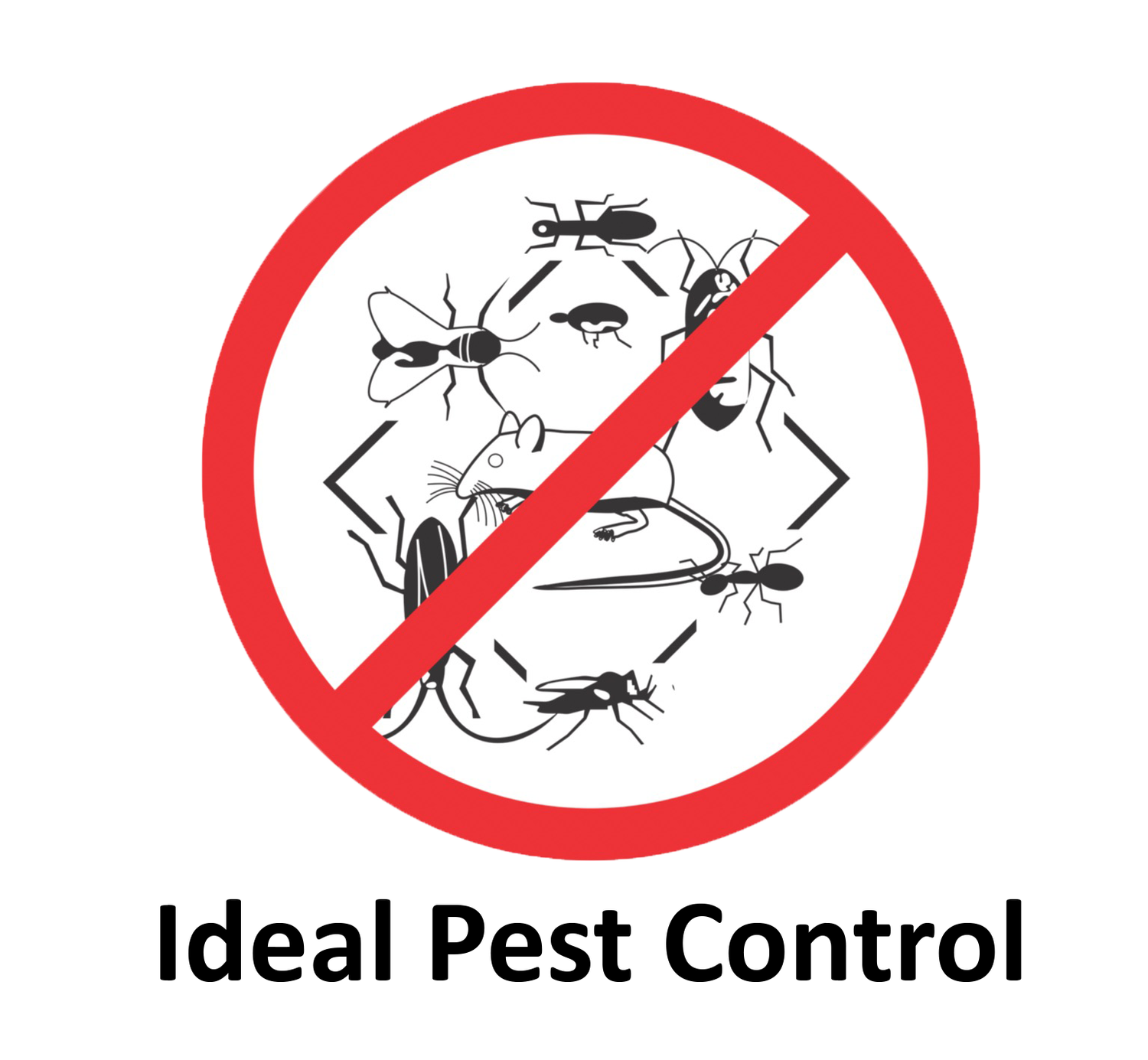Fleas
Fleas are common household pests attacking dogs, cats and sometimes people. In addition, several other species of fleas feed principally on rodents and occasionally on poultry and livestock. Fleas are excellent jumpers, which gives the false impression that they can fly.
Adult fleas are primarily external parasites of cats and dogs, but in the absence of their preferred hosts, will bite humans. Adult fleas have piercing-sucking mouthparts with which they penetrate the skin for a blood meal. Flea bites most often occur on legs, particularly around the ankles. The typical human reaction to a flea bite is the formation of a small, hard, red, slightly raised, itchy spot with no swelling. Some bleeding can occur, particularly if the bitten area is scratched.
Two most common species of fleas in BC are Dog Fleas and Cat Fleas.
Dog Fleas
Size: 1 - 4mm.
Color: Reddish black.
Unique Characteristics: Dog Fleas feed on the blood of both cats and dogs and are also able to bite humans. Dog fleas are able to jump up to 160mm into the air which is why they are so easily able to move from one host to another. Dog fleas also go through a 4 stage life cycle. First they are just little tiny eggs, but then they hatch into larvae, transition into pupae where they wrap up into a cocoon and eventually emerge into full sized adults!
Control: The use of insect growth inhibitors and residual insecticides.
Cat Fleas
Size: 1 – 2mm.
Color: reddish-brown.
Unique Characteristics: Cat Fleas originated in Africa, but can now be found all over the world as they have been carried by both cats and dogs into all regions. They are wingless insects that are very hard to spot by the naked eye on a hosts fur coat. Just like the Dog Flea, this species of flea also goes through 4 stages in its life cycle.
Control: The use of insect growth inhibitors and residual insecticides.








